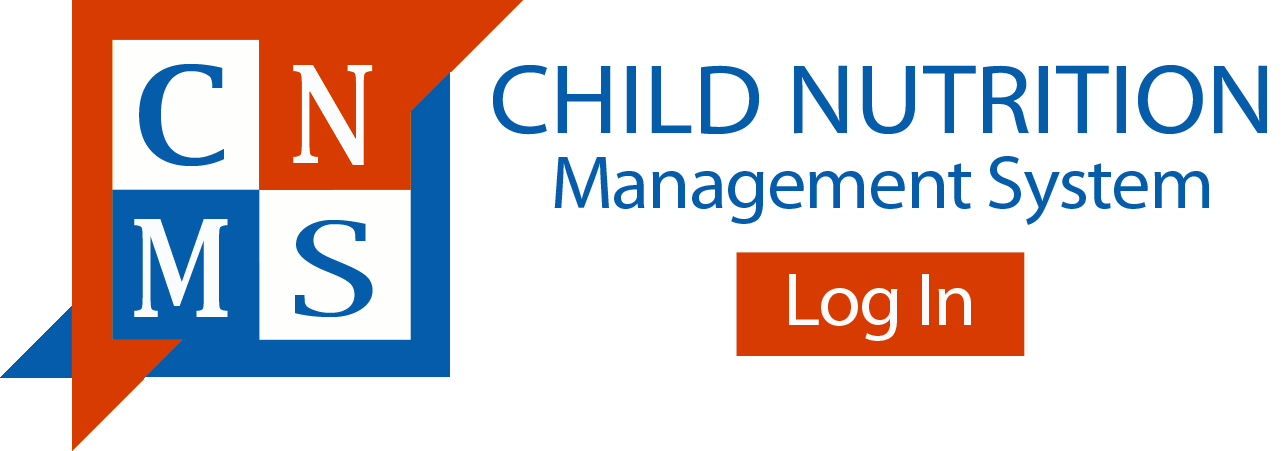Smart Snacks In School/All Foods Sold In Schools
USDA's A Guide to Smart Snacks in School
This publication has been updated and includes the following revisions:
- A new cover and publication date of May 2022
- Updated information about the types of milk that meet Smart Snacks Standards in accordance with Child Nutrition Programs: Transitional Standards for Milk, Whole Grains, and Sodium
- Updated website link for the Alliance for a Healthier Generation’s Smart Snacks Product Calculator
- Updated instructions on entering multi-unit packages in the Alliance for a Healthier Generation’s Smart Snacks Product Calculator
- Removed the image of the old Nutrition Facts label
- New content for additional nutrition education resources on page 15.
Smart Snacks In School Fact Sheet
Smart Snacks Product Calculator from Alliance for a Healthier Generation
Questions and Answers Related to the “Smart Snacks” Interim Final Rule
Article 19 § 915. Prohibiting the Sale of Certain Sweetened Foods
From the beginning of the school day until the end of the last scheduled meal period, no sweetened soda water, no chewing gum, no candy including hard candy, jellies, gums, marshmallow candies, fondant, licorice, spun candy and candy coated popcorn, and no water ices except those which contain fruit or fruit juices, shall be sold in any public school within the state.



